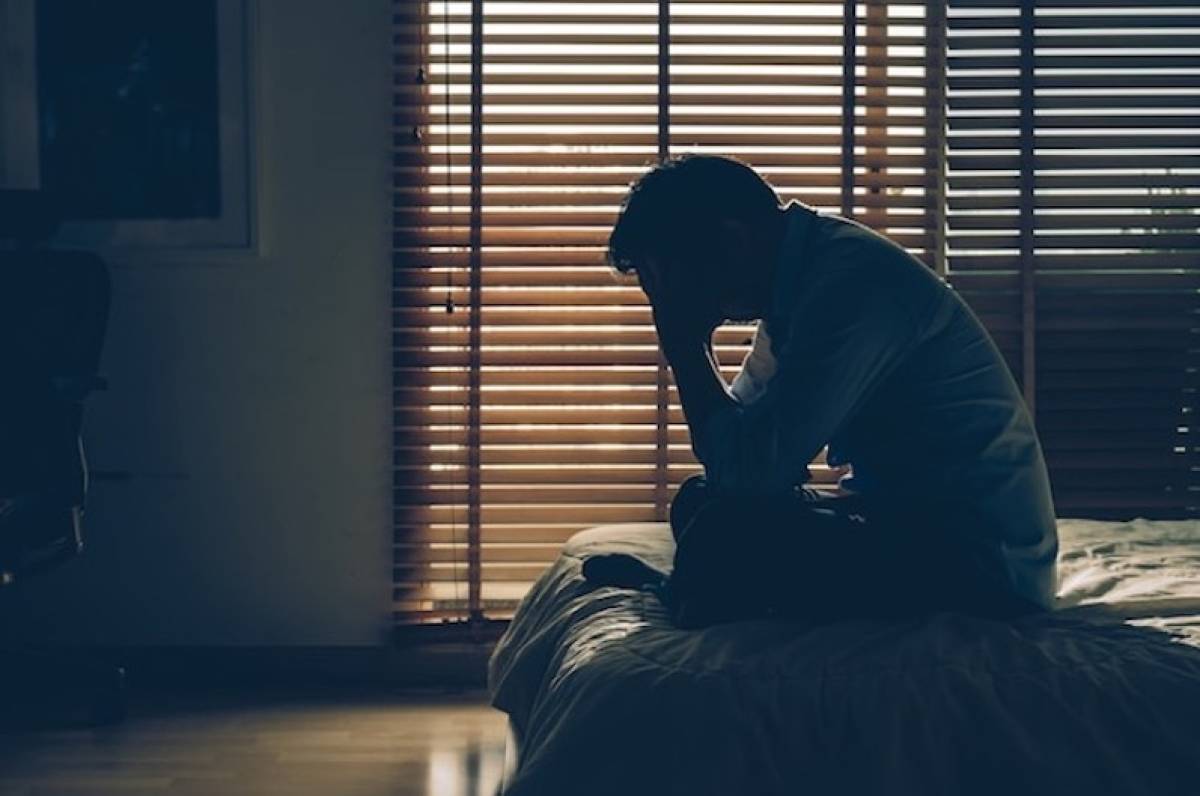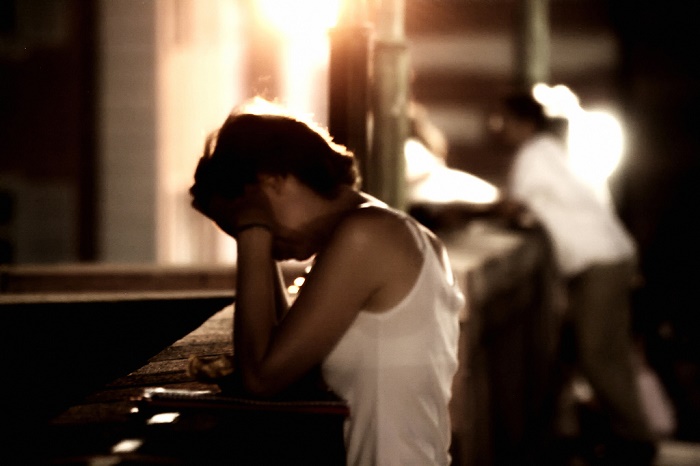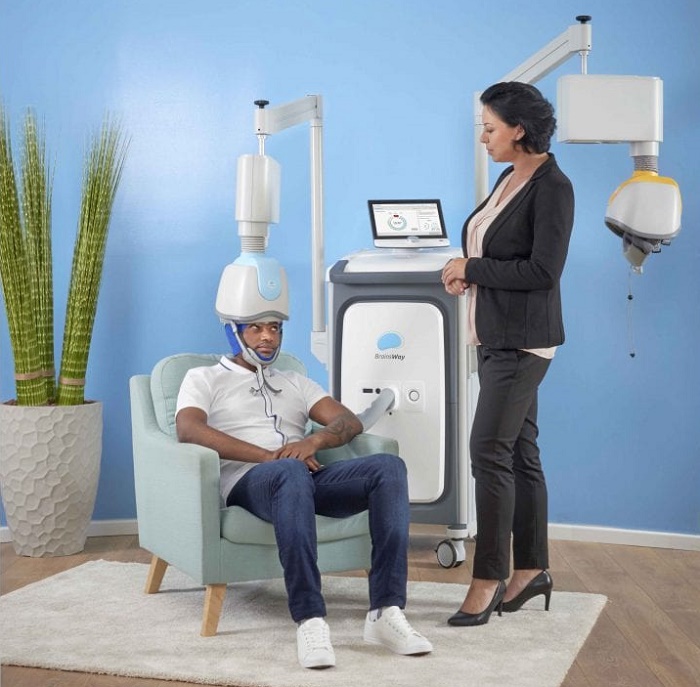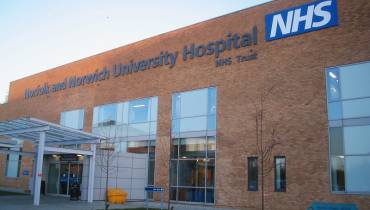Treating Major Depressive Disorder: A Lesson through the Ages

The earliest records of depression date back to B.C.E. in Mesopotamia. Back then, this mental health disorder was considered a spiritual condition, attributed to satanic elements. This pervasive belief at the time resulted in oddball treatments such as physical restraint, severe beatings, and even starvation. Of course, these treatments failed to rid the patients of their depressive disorders.
During the common era, between 25 BCE and 50 CE, treatments for depression were equally savage and included incarceration, starvation, and severe beatings. During the common era, a doctor from Persia named Rhazies understood that depression was a mental health illness and recommended a variant of behavioral therapy to treat the condition.
During the Renaissance period, depression was generally perceived as an intractable weakness. Treatment options varied between medication, diet, exercise, and even music. Apothecaries encouraged vomiting, dietary modifications, riding horses, and enemas.
By the 19th and 20th century, the esteemed psychiatrist, Emil Kraepelin from Germany, distinguished schizophrenia from bipolar disorder. He also advocated for psychotherapy based on psychoanalysis.
Sigmund Freud furthered more in-depth studies of depression, with his theories associating melancholy with loss. He explained how loss resulted in unconscious anger and self-loathing. Freud advocated psychoanalysis be used to resolve these internal conflicts and to reduce the negative thought processes.
Lobotomies to Treat Depressive Disorders
In the 19th and 20th century, various treatment regimens for depressive disorders became available. Unfortunately, these treatment options were ineffective or overkill.
Lobotomies, a surgical procedure that involves severing connections in the brain's prefrontal cortex, were commonplace but they resulted in severe personality changes, improper judgment, and an inability to make decisions; enter the era of ECT (electroconvulsive therapy).
The invasive ECT surgical procedure requires patients to undergo shock therapy with a psychiatrist, nurse, physician's assistant, and an anesthesiologist at the ready. It is believed that ECT induces seizures which has a positive effect on combatting depression. Further studies suggested that depression was the result of endogenous and reactive causes. Doctors also discovered various treatment options for depression in the form of isoniazid.
By the time cognitive behavioral therapy came around, it proved to be a highly effective alternative to the other depression treatments known as psychodynamic theory. Various SSRIs (selective serotonin reuptake inhibitors) such as Paxil, Zoloft, and Prozac are highly effective at targeting the brain serotonin levels with far fewer side-effects than other medications.
Tricyclic antidepressants were touted as treatments for depression, but they oftentimes came with serious side effects. Major Depressive Disorder (MDD) was coined by American clinicians during the 1970s and despite a large body of work surrounding MDD, there isn't a definitive answer to the root cause of this depressive disorder.
Reasons Why People Suffer from Depression

Psychiatrists, mental health counselors, and clinicians believe that depression is the result of social elements, biological factors, and psychological components. While the root cause of depression may be somewhat murky, the effects of depression are well known.
People who are suffering from major depressive disorder often struggle with major disturbances in activity levels, poor sleep habits, and gastrointestinal issues. Major depressive disorder is associated with high levels of anxiety.
Given the explosion in interest in depressive disorders and anxiety disorders, psychiatrists, psychologists, MDs, and mental health professionals now have a much better understanding of the disorder and how to treat it.
The medication used to treat depression – Paxil, Prozac, Zoloft, divers – targets neurotransmitters in the brain. However, medication may cause serious side effects which need to be monitored and addressed. For example, antidepressants may cause more problems than they are worth, with a meta-analysis of 17 studies that was published in 2017 in the journal Psychotherapy and Psychosomatics finding a 14% higher risk of heart attacks and strokes and a 33% greater risk of death for people who used antidepressants over a long time.
For patients who do not respond well to antidepressants and traditional therapy regimens, there are alternative options available. These include the aforementioned ECT (electroconvulsive therapy) and modern treatment options such as TMS (transcranial magnetic stimulation).
It should be noted that these modern procedures and treatment regimens are prescribed only when patients do not respond well to traditional depressive disorder treatments such as medication, therapy, and are at serious risk of hurting themselves or others.
ECT vs TMS – Painful or Pain Free?
While ECT is invasive, painful, and may have severe side-effects, the safe alternative – TMS – does not even require the patient to be sedated or anesthetized prior to the procedures.
Transcranial magnetic stimulation is a cutting-edge solution for major depressive disorder. It involves the passage of electromagnetic waves into the depression center of a person's brain, just beneath the skull.

The level of intensity of the TMS treatment depends upon the severity of the depression. By reconfiguring the neural activity in the brain through TMS, it is possible to alleviate many of the symptoms that cause depression to begin with.
TMS treatments have minor side-effects including dizziness, headaches, tingling, or pain on the scalp. These symptoms can be alleviated with over-the-counter pain medication such as Advil, Tylenol, or Aspirin.
With TMS, patients who don't respond to medication and therapy have another shot at a life free from depression. The treatment protocol requires patients to consult a licensed and regulated mental health counseling service where TMS is offered.
The TMS sessions range from 30 minutes to 45 minutes, 5 days a week for 4-6 weeks. The severity of the condition determines the intensity of the TMS treatment.
TMS will often be used in concert with therapy and medication for optimal effectiveness. The majority of patients who complete a TMS treatment regimen report significant improvement in general disposition and mood. Many patients also attest to a complete remission of their depressive symptoms.



















